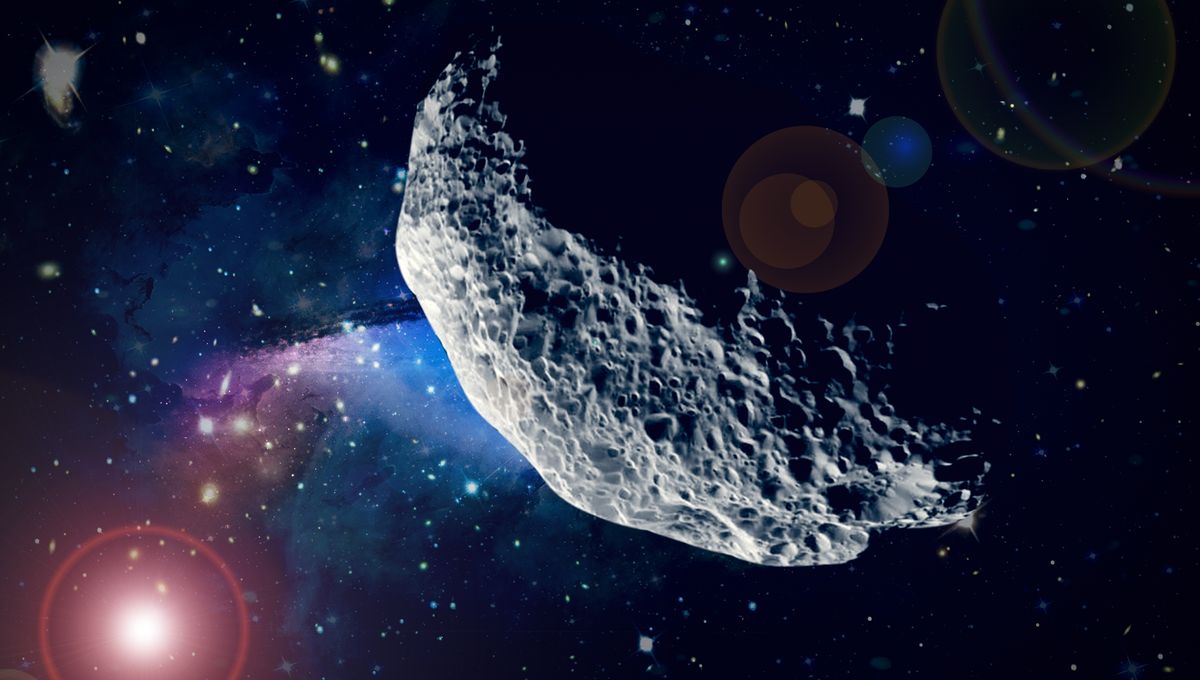
One of Earth’s seven quasi-moons has just got a new name: Asteroid 2004 GU9 is now known as Cardea, one of the Roman deities of doors and thresholds with a particular focus on hinges.
ADVERTISEMENT GO AD FREE
Cardea is not a real satellite of our planet like the Moon – it is not gravitationally bound to the Earth, but it moves around the Sun in a way that makes it look like it goes around the Earth. It will continue to do so until well into the 2600s. There was a public call-out for name suggestions, and a panel of judges selected seven names. More than 10,000 people voted to select this name among the finalists, and Cardea was the winner.
“Cardea was the Roman goddess of the hinge. Roman doors hung on pivot hinges. Cardea was one of at least four Roman deities who presided over doorways. The name was selected by participants in the 2024 naming contest run by the WNYC (New York public radio) RadioLab program and the IAU,” the International Astronomical Union wrote in their latest Working Group Small Body Nomenclature bulletin.
Earth has seven known quasi-moons. Of those, only one had received an official name before this year: Kamoʻoalewa, which is believed to be a former piece of the Moon. Now that Cardea has been officially named, there might be an interest in naming the other five. Cardea is more than 160 meters (524 feet) in diameter, never getting closer to Earth than several tens of millions of kilometers.
The other final names from which Cardea was picked were the following:
Bakunawa – A mythical dragon from Philippine folklore said to rise from the ocean to swallow the Moon.
Ehaema – The Mother Twilight from Estonian Folklore, symbolizing the balance between light and dark.
ADVERTISEMENT GO AD FREE
Enkidu – The noble companion of Gilgamesh in the eponymous epic from Sumerian mythology.
Ótr – The shape-shifting dwarf of Norse mythology who spent his days in the form of an otter navigating the boundaries between the human realms and others.
Tarriaksuk – In Inuit legends, these are shadow beings that mirror human forms but dwell in other dimensions.
Tecciztecatl – An Aztec lunar god that once aspired to be Sun but a hesitant leap relegated him to the Moon.
ADVERTISEMENT GO AD FREE
Hopefully, they will be used for other celestial bodies, because they are absolutely excellent suggestions. The panel that selected the final seven names featured astrophysicists such as Dr Sofia Rojas, science communicators such as Bill Nye and Dr Moiya McTier, and actors such as Tony Award nominee Celia Rose Gooding (Uhura in Star Trek: Strange New Worlds) and Penn Badgley.
Source Link: Earth’s Quasi-Moon Finally Has A Name, Honoring The Roman Goddess Of... Hinges